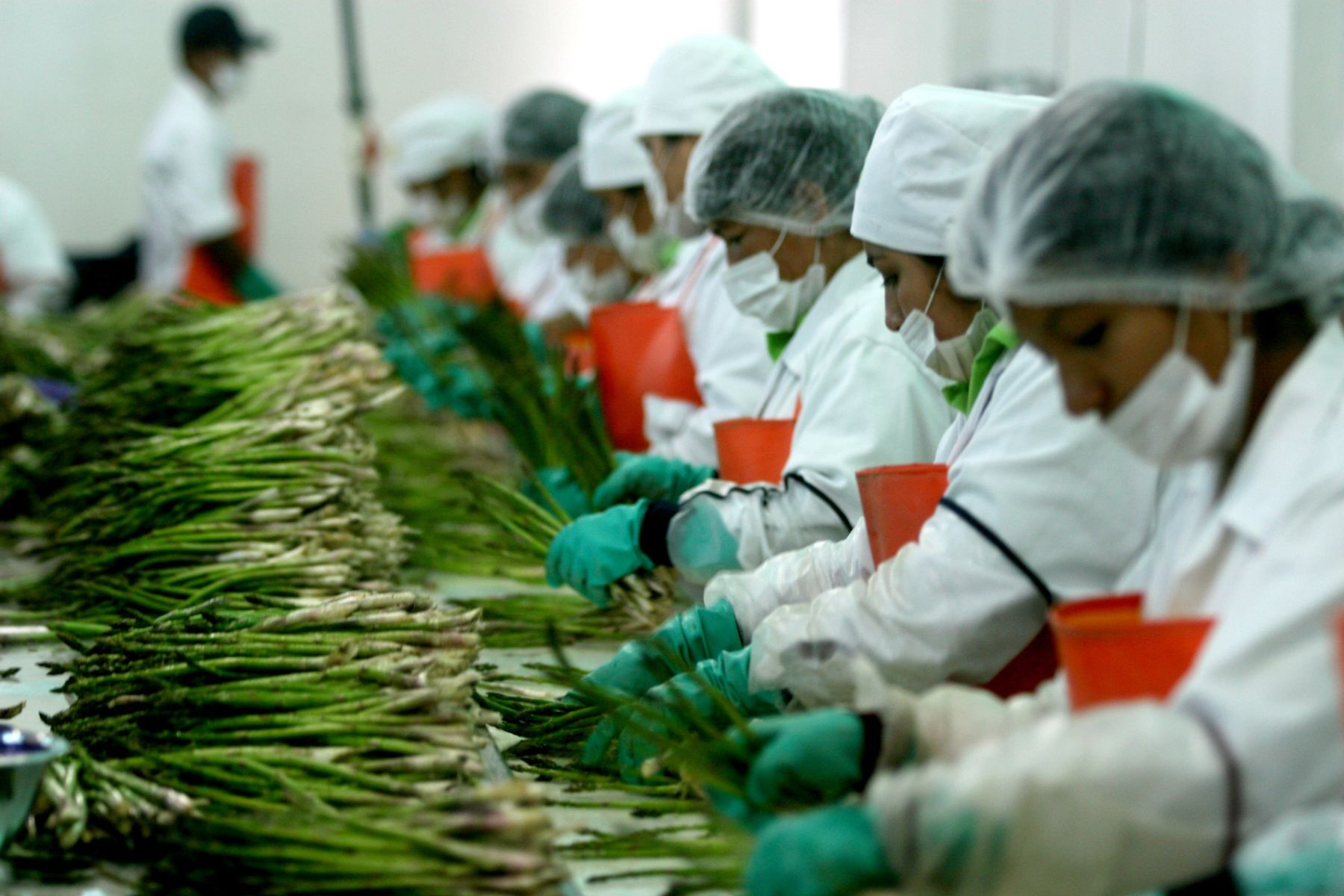
Employment associated with agroindustrial exports was the only one that registered a historical maximum of 383,384 during the first quarter, despite having decreased 2.5% in March (97,423), according to the Global Economy and Business Research Center of the Association of CIEN-ADEX Exporters.
In its report ‘Impact of exports: employment and GDP’, It was detailed that agroindustry would have generated 43.2% of total employment in exports. This figure would be explained, mainly, by the demand for labor for processing and exporting superfoods, such as blueberries, avocados, grapes, asparagus, mangoes, among others.
Secondly, traditional mining concentrated 27% of export employment (239,308) between January and March, influenced by the behavior of shipments of minerals such as copper, gold, zinc, iron, molybdenum, lead and others. While in third place, the traditional agriculture sector represented 8.5% participation; that is, 75,632 jobs.
Likewise, the study highlights that in the first quarter there was a positive variation of 1.3% in job creation – totaling 887,225 positions – with the traditional sectors showing a variation of 15.9%.
Along these lines, between January and March, the traditional agriculture sectors also stood out with a growth of 8.5% (75,632) in job creation, the clothing sector (56,405), fishing and aquaculture (37,192 ), with 6.4% and 4.2%, respectively.
Source: Larepublica
Alia is a professional author and journalist, working at 247 news agency. She writes on various topics from economy news to general interest pieces, providing readers with relevant and informative content. With years of experience, she brings a unique perspective and in-depth analysis to her work.











